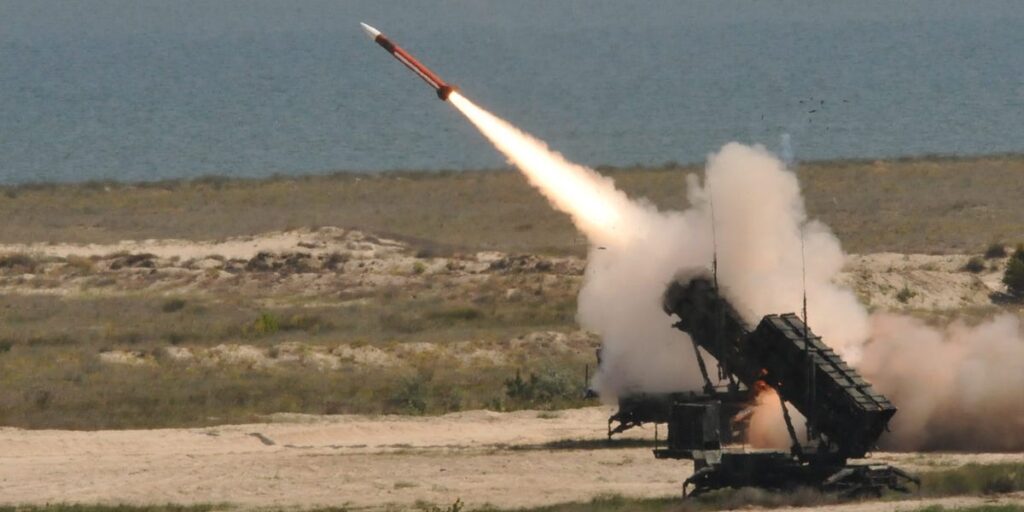Russia has been upgrading its ballistic missiles, giving them more maneuverability and creating new challenges for Ukraine’s vaunted US-made Patriot air defense systems, according to a US defense intelligence assessment.
A special report published this week by the Department of Defense Office of Inspector General said that the Ukrainian Air Force has struggled to consistently use its Patriot systems to intercept Russian ballistic missiles due to recent “tactical improvements” that Moscow made to the weapons.
These improvements to the weapons include “enhancements that enable their missiles to change trajectory and perform maneuvers rather than flying in a traditional ballistic trajectory,” said the report, which covers US assistance to Ukraine during the spring and early summer and was first reported by The War Zone.
The special report, which relied on information provided by the Defense Intelligence Agency, noted two Russian attacks: one on June 28, during which Russia launched seven ballistic missiles and Ukraine shot down one; and another on July 9, when Kyiv intercepted seven of 13 missiles.
Ukraine has previously acknowledged improvements that Russia has made to increase the maneuverability of its ballistic missiles, but the report marks a concerning assessment for the Patriot air defenses that the US and many of its allies and partners also rely on for missile defense.
US Army Europe
The US military is closely watching how Ukraine is using its coveted Patriots to defend against Russian missiles. The developments outlined in the new report also have implications beyond this war as America considers air defense demands in potential future fights.
The American-made MIM-104 Patriot surface-to-air missile system is the top tier of Ukraine’s air defense network and is considered its best defense against Russian ballistic missiles, which include the domestically produced 9K720 Iskander, the air-launched Kh-47M2 Kinzhal, and North Korea’s KN-23, among other weapons, but Ukraine has been seeing more of these weapons break through its integrated air defense network.
Ukraine is thought to have at least six operational Patriot batteries, which were transferred to Kyiv by a small number of NATO countries, including the US. Washington and its allies have also sent interceptor missiles, though there are regular concerns that stockpiles are quickly being depleted.
Ukrainian officials, including President Volodymyr Zelenskyy, have routinely pressed NATO for more Patriot batteries and additional ammunition. Amid worsening Russian missile attacks, the White House said last month that it would transfer more systems to Ukraine through its European partners — a sidestep for President Donald Trump, who has taken a less enthusiastic approach to arming Kyiv than the previous administration.
Earlier this month, Germany announced that it would send two more Patriot systems to Ukraine imminently and then ship more in the coming months. The US, meanwhile, agreed to backfill Berlin’s arsenal with new batteries amid broader efforts by NATO to ramp up the delivery of American-made weaponry to Kyiv as it faces Russian advances in key sectors of the battlefield.



